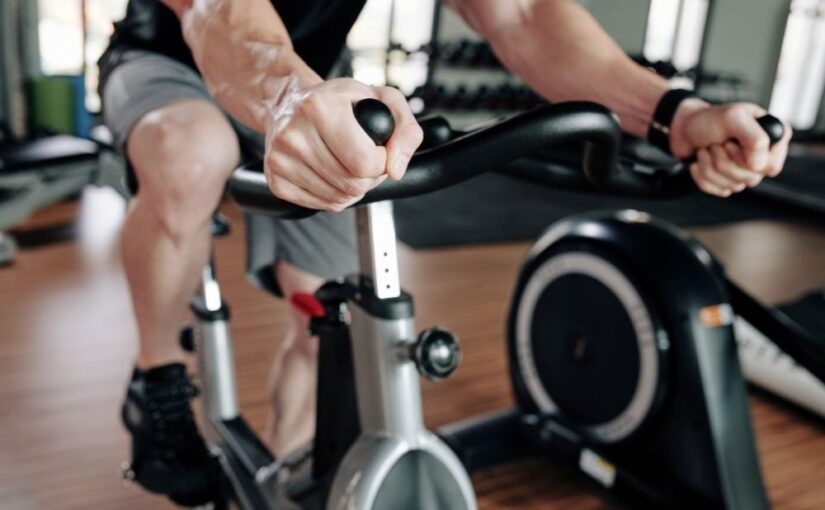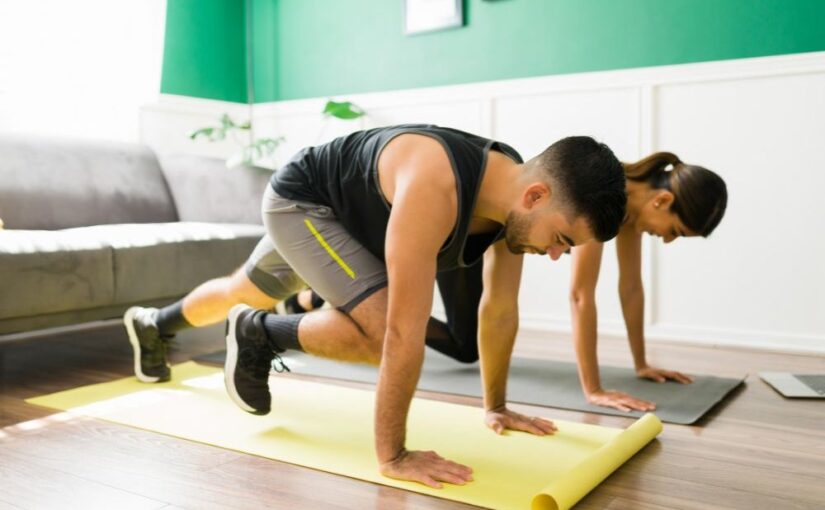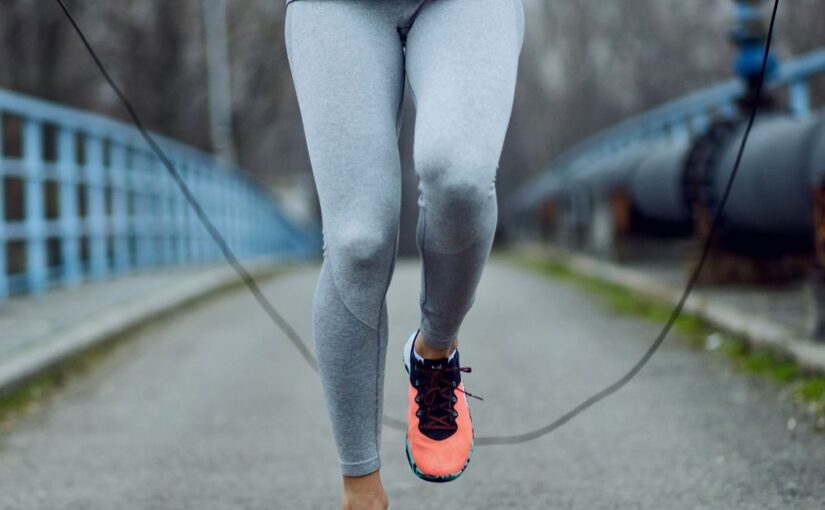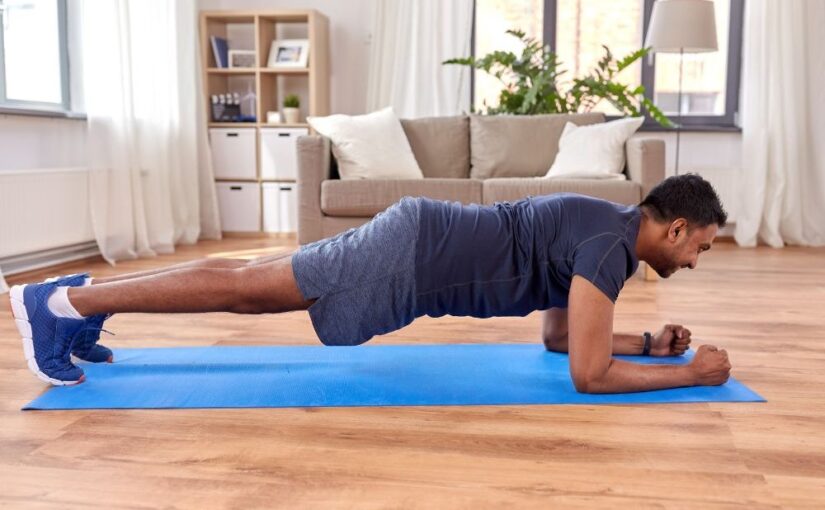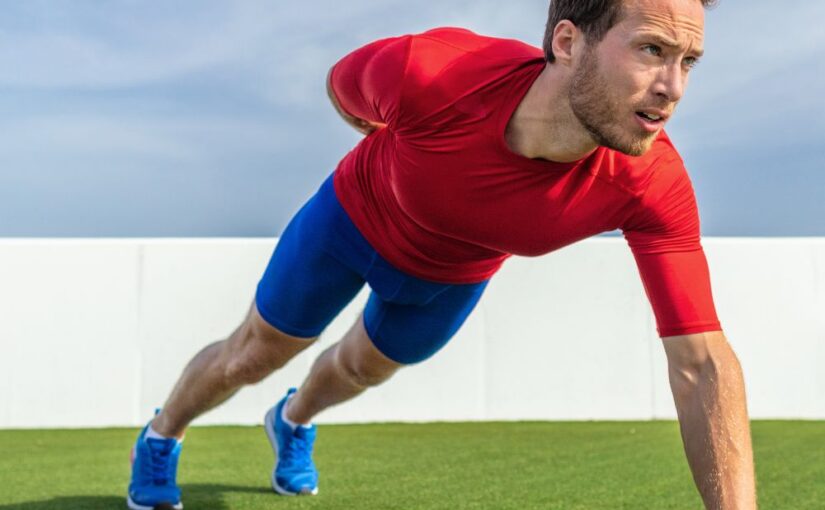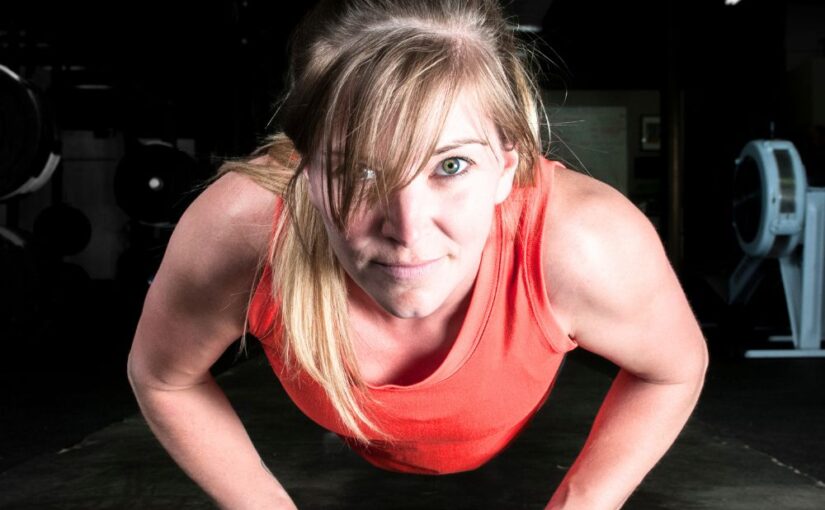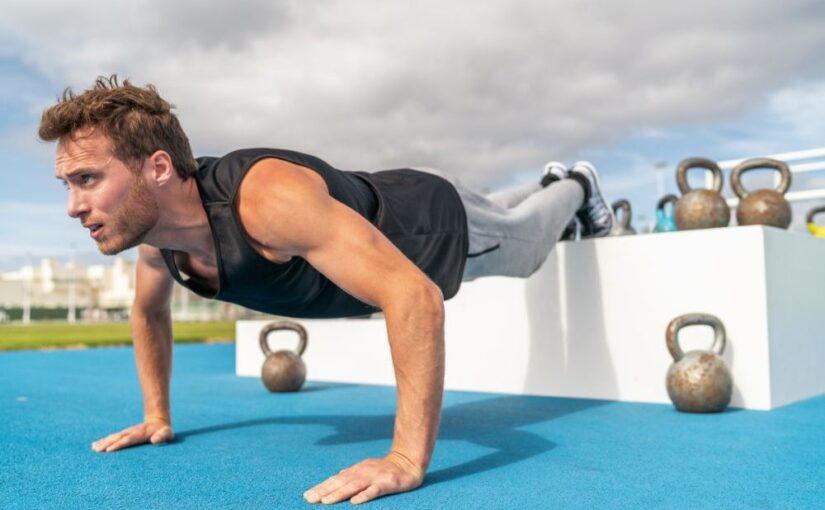Sustaining a sprained ankle can be frustrating, but incorporating cardio exercises into your routine may actually assist in your recovery. Engaging in low-impact cardio can help maintain circulation, support overall fitness, and promote healing without putting undue stress on your injury. Here are some effective cardio options to consider during your recovery.
1. Seated Cardio Exercises
Seated workouts are a great way to elevate your heart rate while keeping your ankle stable. Try these:
- Seated Marching: Lift your knees alternately as if marching in place. This engages your core and keeps your heart rate up.
- Arm Circles: Extend your arms to the sides and make small circles to maintain an elevated heart rate while seated.
2. Swimming
Swimming provides a full-body workout with minimal impact on your ankle. The buoyancy of water reduces stress on the joints, making it an ideal choice for cardio during recovery. Focus on upper body strokes or use a kickboard to keep your injured foot elevated.
Benefits:
- Enhances cardiovascular fitness while promoting muscle healing.
- Improves circulation, which can aid recovery.
3. Stationary Biking
Using a stationary bike allows you to engage in cardio without putting weight on your ankle. Adjust the seat height for comfort and pedal with a smooth motion. This low-impact exercise can help maintain your cardiovascular fitness and support blood flow to the injured area.
Tips:
- Start with low resistance and gradually increase it.
- Monitor your ankle for any discomfort while biking.
4. Chair Aerobics
Chair aerobics can keep you active while seated. Look for routines that include upper body movements and gentle leg exercises.
Sample Movements:
- Seated side leg lifts (if comfortable).
- Upper body punches while seated to elevate your heart rate.
5. Light Dance or Movement
If you feel comfortable, try gentle dancing or movement that keeps your feet close to the ground. Focus on upper body movements while minimizing weight on your ankle.
Examples:
- Gentle swaying or arm movements to music.
- Seated or standing upper body dances, ensuring your feet stay stable.
Low-Impact Cardio Options for a Sprained Ankle
| Exercise | Impact Level | Equipment | Ankle Use | Beginner-Friendly |
|---|
| Seated Marching | Very Low | Chair | None | Yes |
| Arm Circles | None | None | None | Yes |
| Swimming | Very Low | Pool | Minimal (modifiable) | Yes |
| Stationary Biking | Low | Stationary Bike | Light | Yes |
| Chair Aerobics | Low | Chair | Optional | Yes |
| Light Dance (seated or upper body) | Very Low to Low | None | Minimal | Yes |
6. Consult a Physical Therapist
If you’re uncertain about which cardio exercises are safe during your recovery, consulting a physical therapist can be invaluable. They can provide tailored recommendations to help you stay active while ensuring your ankle heals properly.
Conclusion
Incorporating cardio exercises into your routine while recovering from a sprained ankle can promote circulation and overall fitness, potentially aiding in a faster recovery. Focus on seated workouts, swimming, and stationary biking to maintain your cardiovascular health without risking further injury. Always listen to your body, and consult a healthcare professional before starting any new exercise regimen. With the right approach, you can support your healing process while staying active.
Frequently Asked Questions (FAQ)
Yes, you can! Low-impact cardio exercises such as seated workouts, swimming, or stationary biking allow you to stay active without putting strain on your ankle.
Seated exercises and swimming are among the safest options. They elevate your heart rate while minimizing or eliminating pressure on your injured ankle.
Start light cardio once the swelling and pain have reduced—usually a few days to a week after injury. Always check with your healthcare provider or physical therapist before returning to any form of physical activity.
Yes. Stationary biking promotes circulation and can help maintain joint mobility with minimal impact, making it a good addition to a sprained ankle cardio routine.
Absolutely. Arm-focused movements like seated punches or arm circles, as well as shadow boxing from a chair, can get your heart rate up without engaging the legs.

